-
STORY BEHIND THE SUCCESS

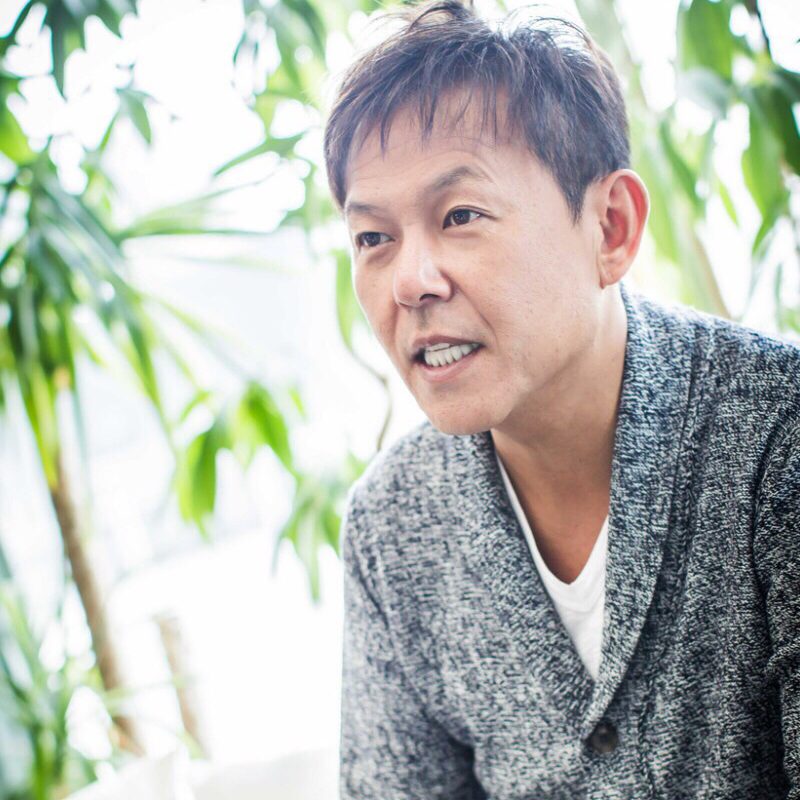


-
■ Delicious Japanese foods to the world
Currently, we have 15 brands in Japan and overseas including “TsuruTonTan”, “Shaburi” and “KINTAN”.
As of January 2018, 109 restaurants in Japan, 47 restaurants overseas (3 in Singapore, 32 in Indonesia, 2 in Cambodia, 1 in Philippines, 2 in Korea, 4 in Taiwan, 2 in London, 1 in New York.), totalling 156 restaurants.
We are promoting our ongoing business based on the 2030 Development Plan.
Mainly focusing on table service style different from fast food and we plan to open 80 restaurants in Japan and overseas in 2018. We set a target of 3924 restaurants in 2030, after 12 years from now and aim for about 825.9 billion yen in sales including franchise restaurants.
We will carry out the development that our branded restaurants are surely located in countries around the world like UNIQLO for example.
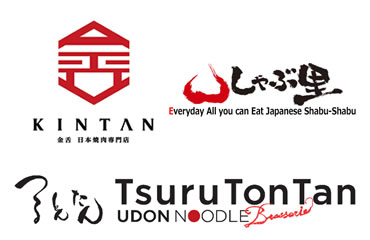
-
■ Passion and confidence in each brand
I’m convinced of my previous experience in the US that I’ve made all 40 GYU-KAKU outlets profitable. All overseas know-hows are in my mind, and I tell them to our executives.
“TsuruTonTan” opened at the site of Union Square Cafe in August 2016. It is accepted by New Yorkers and is a queue store now. I proved that the traditional udon, which is not self-service udon, is applicable in the world.
TsuruTonTan is also paying attention to the dishes, and is a style that provides added value with interior decor, etc. If you order drinks and snacks, the customer unit price will exceed 3000 yen. There are complexities in terms of operation, such as taking soup carefully, so franchise development is not planned for the time being.
In the future, we are planning to open new restaurants in New York (Rockefeller), Hawaii, Boston and Los Angeles.
As for “Shaburi” and “KINTAN”, we also opened a flagship in Singapore to expand in ASEAN countries and throughout Asia, so they are now momentous brands in Cambodia, the Philippines, Taiwan and other Asian countries. Japanese yakiniku and shabu-shabu are popular for a middle-upper layer and as a feast for family’s celebratory days with average customer price around 2300 yen. Unlike Japan, people in Asia do not drink much at the time of dinner, so it is in this price range. Beef is mainly from America and Australia, but Japanese beef course is also available.
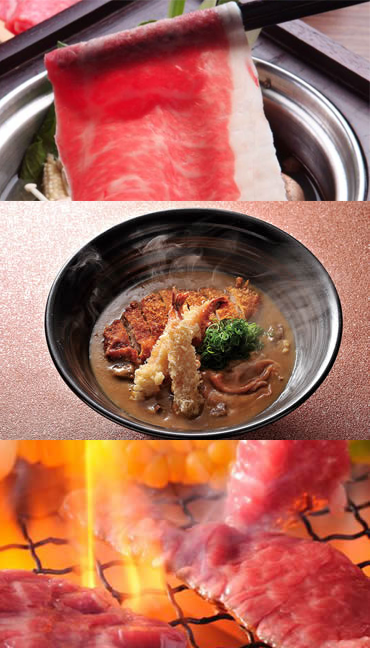
-
■ What I found in challenges in other countries
I think Japanese people are really serious.
For example, when purchasing foodstuffs, it sometimes happens abroad that things ordered are “not in time for delivery” or “different items arrive”. This kind of things rarely happen in Japan.
In other countries, even if we teach a lot, the basic level of the staff seems different.
We aim to make Japanese high quality level of service as the global standard.
I am thinking and acting that we become to reproduce the taste that is considered delicious in Japan, even overseas.
It is hard to spread our management philosophy beyond the country, but with the motto “for the smile of our customers”, we try to make our partners understand “the significance of working” rather than just working. Everything is guided by actions to make customers happy. I believe that our staff can circulate in the future in such way that overseas staff come to Japan for training and Japanese staff will have a vision to work overseas.
“The thought of the restaurant business that is full of smiles in the world + the quality of food” that is what I tell the executives and staff of each country. Our business management keeps Japan level even overseas. Fortunately, the partner companies in each country say that “By joining your group, the quality of management will improve.”
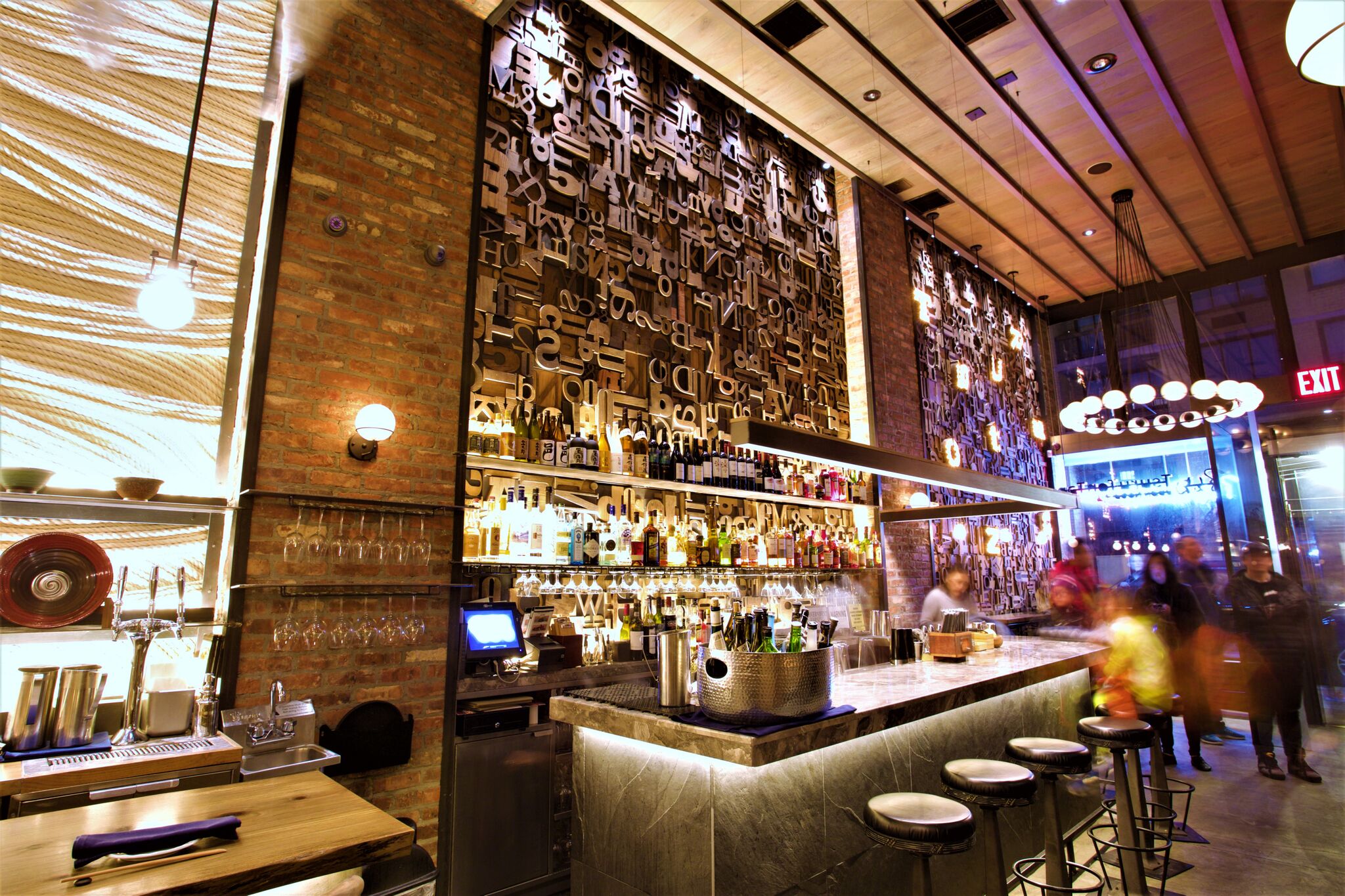
-
■ I would like to spread Japanese food to the world as long as I live
Recently, speaking of Japan, “Japanese food” is more famous than Mt. Fuji for the people of the world.
I hope lots of people eat a typical Japanese food, not an exclusive Japanese cuisine like $ 200 to $ 500 in 15 seats.
I also desire to make Japanese fans from food by creating and spreading many attractive business styles.
There are many kinds of business that we plan to expand in the future, such as business style that makes plus alpha to soba and teppanyaki etc.
For example, even if using a machine, we can provide delicious soba if you eat it immediately after cooked.
In this way, now we spread Japanese food all over the world.
In the future, I suppose to spread Japanese food mainly by the local people instead of the staff in Japan. Also, I would like to foster management staffs.
To create a new business style that adds “unprecedented new value” to the national cuisine of Japan.
“To spread Japanese food culture to the world.” In this way, my idea is quite simple.
We are challenging the world with an attractive business style originating from Japan.
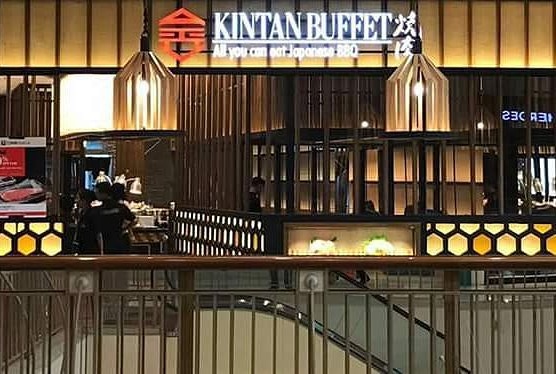
-
Company Profile
DINING INNOVATION Ltd.
CHAIMAN : Hidetake Matsumiya CEO : Tomoyoshi Nishiyama Capital : JPY 100,000,000 Business Activities : Investment on restaurant business, management consulting and business condition development Location : Ebisuminami1-11-2 Shibuya-ku,Tokyo,Japan 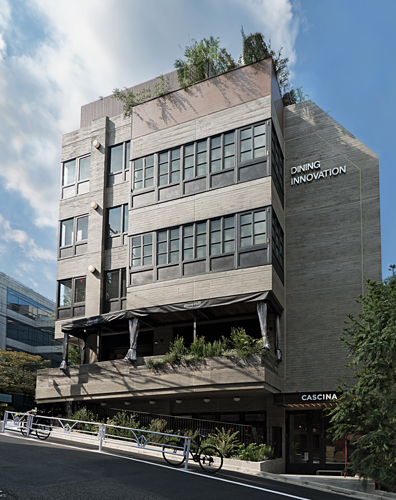

After finishing the interview
I found a description that “Nishiyama is like a god” in an interview with some other media. I also got the impression that he is a person like a phoenix.
During the interview, his passion of “I want to spread Japanese food to the world as long as I live” was been deeply conveyed to my heart.
His thought that “0 is eternally zero. If you are going to spread abroad do not ask for much at the beginning, you should challenge even one shop, in the future it may be 100 shops” was completely same idea as mine and I felt very happy.
Entrepreneur who can set 0 to 1, entrepreneur who can make 1 to 100. Mr. Nishiyama is an outstanding Japanese entrepreneur who can set zero to 100 or even more.